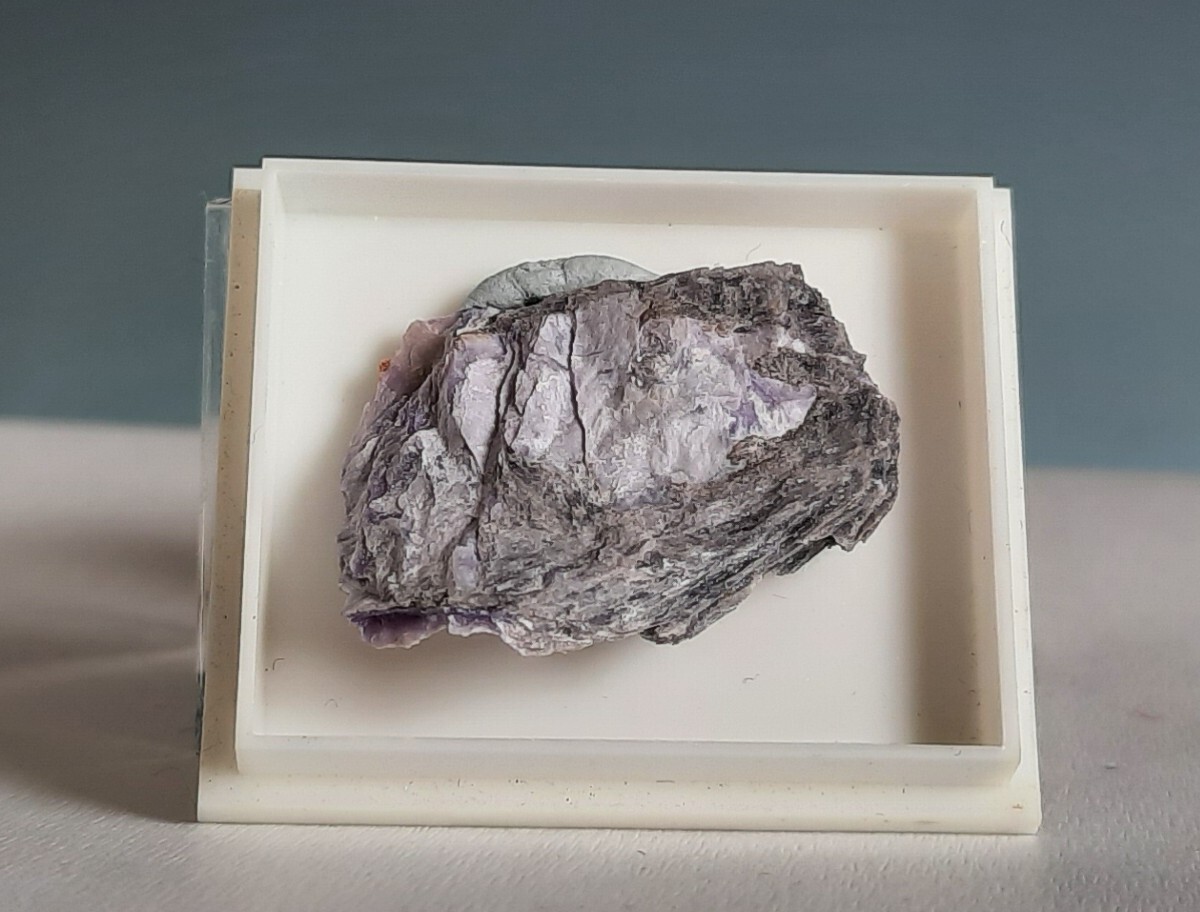
Frankamenite is a rare and fascinating mineral that captures the interest of geologists and collectors alike. What makes Frankamenite so special? This unique mineral, discovered in the Kola Peninsula of Russia, boasts a striking appearance with its vibrant colors and intricate crystal formations. Frankamenite is composed of a complex mix of elements, including sodium, titanium, and silicon, which contribute to its distinctive properties. Its rarity and beauty make it a sought-after specimen for mineral enthusiasts. In this post, we'll uncover 25 intriguing facts about Frankamenite, shedding light on its origins, characteristics, and significance in the world of geology. Get ready to be amazed by the wonders of this extraordinary mineral!
Key Takeaways:
- Frankamenite is a rare and beautiful mineral discovered in Russia, known for its unique composition and striking appearance. It has educational, scientific, and collector's value, and even glows under ultraviolet light!
- Frankamenite provides valuable insights into Earth's geological history and processes. It is used in educational settings, scientific research, and even inspires local folklore in Russia as a good luck charm.
What is Frankamenite?
Frankamenite is a rare mineral that has piqued the interest of geologists and mineral enthusiasts alike. Known for its unique composition and striking appearance, this mineral has a fascinating story to tell. Here are some intriguing facts about Frankamenite.
-
Discovered in Russia: Frankamenite was first discovered in the Kola Peninsula of Russia, a region known for its rich mineral deposits.
-
Named After Frank: The mineral is named in honor of the Russian geologist Frank, who made significant contributions to the study of minerals in the Kola Peninsula.
-
Chemical Composition: Frankamenite is a complex silicate mineral that contains elements such as sodium, potassium, calcium, and titanium.
-
Crystal Structure: It belongs to the triclinic crystal system, which means its crystals are formed in a three-dimensional lattice with no right angles.
-
Color Variations: Frankamenite typically appears in shades of pink, red, or brown, making it a visually striking mineral.
Unique Properties of Frankamenite
Frankamenite isn't just another pretty mineral; it has several unique properties that make it stand out. Let's delve into some of these fascinating characteristics.
-
Hardness: On the Mohs scale of mineral hardness, Frankamenite ranks between 5 and 6, making it relatively hard but still softer than quartz.
-
Luster: This mineral exhibits a vitreous to pearly luster, giving it a shiny, glass-like appearance.
-
Transparency: Frankamenite can range from transparent to translucent, allowing light to pass through it to varying degrees.
-
Cleavage: It has perfect cleavage in one direction, meaning it can easily split along a specific plane.
-
Density: The density of Frankamenite is about 2.8 grams per cubic centimeter, which is relatively light for a mineral.
Geological Significance
Frankamenite holds a special place in the field of geology. Its discovery and study have provided valuable insights into geological processes.
-
Formation Environment: Frankamenite forms in alkaline igneous rocks, which are rich in sodium and potassium.
-
Associated Minerals: It is often found alongside other rare minerals like eudialyte, sodalite, and nepheline.
-
Indicator Mineral: Geologists use Frankamenite as an indicator mineral to identify specific geological environments.
-
Age: The rocks containing Frankamenite are often millions of years old, providing a window into Earth's distant past.
-
Research: Ongoing research on Frankamenite helps scientists understand the complex processes that lead to the formation of rare minerals.
Uses and Applications
While Frankamenite is not commonly used in everyday applications, it has some specialized uses that are worth noting.
-
Collector's Item: Due to its rarity and beauty, Frankamenite is highly sought after by mineral collectors.
-
Educational Tool: It is used in educational settings to teach students about mineralogy and crystallography.
-
Scientific Research: Researchers study Frankamenite to gain insights into mineral formation and geological history.
-
Jewelry: Although not common, some jewelers use Frankamenite to create unique, custom pieces.
-
Museum Exhibits: Many natural history museums display Frankamenite specimens to educate the public about rare minerals.
Fun Facts About Frankamenite
Let's wrap up with some fun and lesser-known facts about this fascinating mineral.
-
Fluorescence: Under ultraviolet light, Frankamenite can exhibit fluorescence, glowing in vibrant colors.
-
Radioactivity: Unlike some other rare minerals, Frankamenite is not radioactive, making it safe to handle.
-
First Specimen: The first specimen of Frankamenite ever discovered is still preserved in a Russian museum.
-
Global Distribution: While primarily found in Russia, small deposits of Frankamenite have also been reported in Canada and Greenland.
-
Cultural Impact: In Russia, Frankamenite has inspired local folklore and is sometimes considered a good luck charm.
The Final Word on Frankamenite
Frankamenite, a rare and fascinating mineral, has captured the interest of geologists and collectors alike. Its unique properties, such as its striking blue color and complex chemical composition, make it a standout in the world of minerals. Found primarily in Russia, this mineral's rarity adds to its allure.
Understanding frankamenite's formation process and geological significance provides valuable insights into Earth's history. Its applications in scientific research further highlight its importance. Whether you're a seasoned geologist or a curious enthusiast, learning about frankamenite enriches your appreciation for the natural world.
So, next time you come across a piece of frankamenite, you'll know just how special it is. Keep exploring and discovering the wonders hidden beneath our feet.
Frequently Asked Questions
Was this page helpful?
Our commitment to delivering trustworthy and engaging content is at the heart of what we do. Each fact on our site is contributed by real users like you, bringing a wealth of diverse insights and information. To ensure the highest standards of accuracy and reliability, our dedicated editors meticulously review each submission. This process guarantees that the facts we share are not only fascinating but also credible. Trust in our commitment to quality and authenticity as you explore and learn with us.
